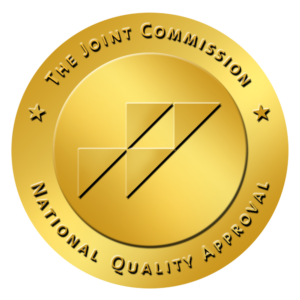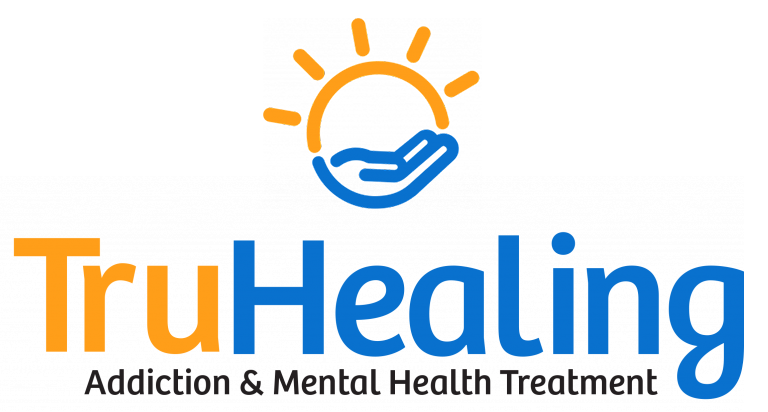Addiction recovery is different for everyone. Some people find 12-step groups helpful, while others might do therapy or meditation. Often, it is a combination of several methods. However, there are practices that tend to be helpful for many of those in recovery, and exercise is one of them.
Working out releases dopamine and other neurotransmitters that are affected by substance use. This is where the term “runner’s high” originated. Exercise is a positive way to get the pleasure chemicals you may have come to associate with drugs or alcohol. Animal studies have shown that physical activity reduces self-administration of drugs.
Exercise also helps reduce stress, which can be a significant trigger for substance use. It improves mental health. A study in Zahedan Journal of Research in Medical Sciences found that both aerobic and anaerobic exercise reduce stress and anxiety. According to the Mayo Clinic, 30 minutes of exercise 3-5 times a week can significantly improve symptoms of depression and anxiety; they suggest that even 10-15 minutes at a time can have an impact on mental health.
Additionally, working out creates structure in your day, which is useful in recovery. It helps reduce cravings and replace destructive habits with healthier ones.
As more research reveals the benefits of exercise for people in recovery, many addiction treatment facilities have started to include fitness centers and other forms of physical activity as part of their programming. In combination with other methods, exercise can be very beneficial for recovery.
If you are struggling with a substance use or mental health disorder, there is help and hope. TruHealing Centers offers high-quality treatment for addiction and mental health disorders in facilities across the country. Our centers offer gyms; we focus on restoring a person’s full health—physical, mental, and emotional. Call an admissions specialist at 410-593-0005.







